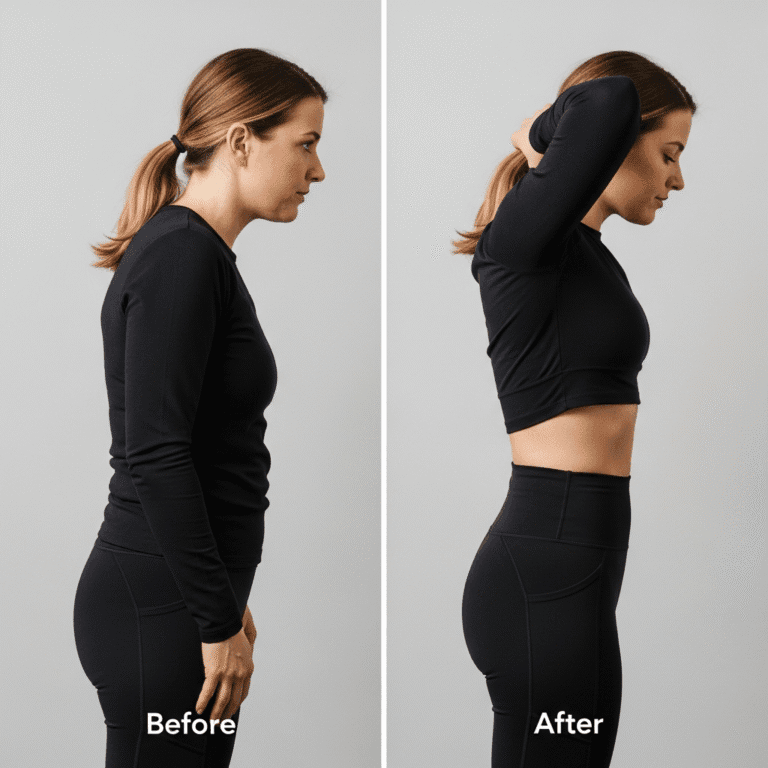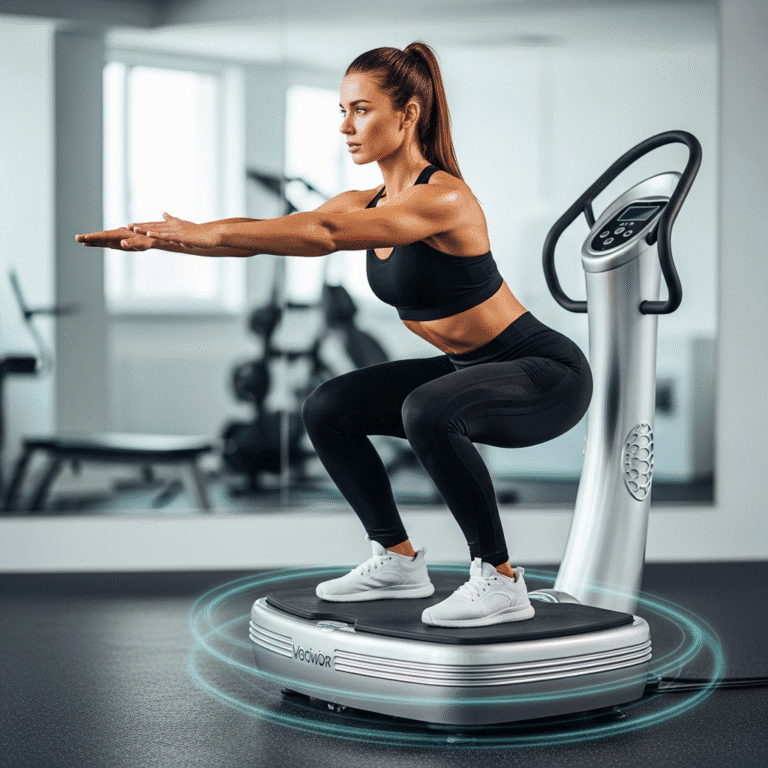FREE SHIPPING OVER $50
Hate Sit-Ups? These 4 Smarter Core Exercises Flattened My Stomach Fast
Let’s be honest—sit-ups aren’t just boring, they’re often ineffective and can actually strain your neck or lower back if you’re not doing them perfectly. The good news? You don’t need to do a single sit-up to sculpt a strong, lean core. In fact, some of the most effective core exercises don’t look like “ab workouts” at all—and they work better.
If you’re tired of traditional crunches and ready for smarter movement that delivers real results, you’re in the right place. These are the four core exercises I personally swapped in for sit-ups, and they made a noticeable difference in just a few weeks.
But first, let’s understand why ditching sit-ups might be the best decision for your abs.
Why Sit-Ups Aren’t Always the Best Core Exercise

Sit-ups have long been the go-to move for building abs, but they mainly target the superficial layer of your abdominal muscles (the rectus abdominis), often neglecting deeper core stabilizers like the transverse abdominis and obliques.
They also don’t do much for your posture, functional strength, or spine stability. Plus, many people perform them incorrectly, which can lead to tight hip flexors and lower back pain.
When I started focusing on core stability, posture, and compound movement—rather than just “burn” in my abs—I finally began seeing real changes: not just in definition, but in strength, balance, and even the way my clothes fit.
What Makes a Smart Core Exercise?
Smart core workouts go beyond aesthetics. They engage multiple muscle groups, promote better posture, and strengthen your core from the inside out. These exercises:
- Improve total-body stability
- Engage the deep abdominal wall
- Support spinal alignment
- Burn more calories through compound movement
- Can be done with minimal or no equipment
Ready to flatten your stomach without the repetitive crunches? Let’s get into the four moves that actually work.
4 Smart Core Exercises
1. Dead Bug: A Back-Friendly Core Activator
This underrated move is deceptively simple, but it’s a powerhouse when it comes to building deep core strength. It targets the transverse abdominis—the deep abdominal layer that acts like a corset around your torso.
How to do it:
- Lie on your back with arms extended toward the ceiling and legs raised at 90 degrees.
- Slowly lower your right arm and left leg toward the floor at the same time while keeping your lower back pressed into the mat.
- Return to the starting position and repeat on the other side.
- Complete 8–10 reps per side.
Why it works:
The dead bug strengthens your abs while keeping your spine stable. It’s perfect for anyone dealing with lower back issues or wanting to avoid sit-up-related strain.
2. Plank with Shoulder Taps: Total Core Stability
You’ve probably done a basic plank before, but adding controlled shoulder taps turns it into a dynamic core-challenging move that works your abs, obliques, shoulders, and glutes.
How to do it:
- Start in a high plank with wrists under shoulders, body in a straight line.
- Tap your left shoulder with your right hand while keeping your hips steady.
- Return to plank and repeat on the other side.
- Perform 10–12 reps per side, maintaining tight core engagement.
Why it works:
This variation builds core stability and balance. Because you’re constantly shifting weight side to side, your abs work overtime to prevent rotation. It’s more effective—and more functional—than static crunches.
3. Glute Bridge March: Core & Glutes Combo
This one targets the posterior chain (glutes and hamstrings), but don’t let that fool you. When done correctly, the glute bridge march fires up your entire core and reinforces hip and lower back stability.
How to do it:
- Lie on your back, knees bent, feet flat on the floor, and arms at your sides.
- Press into your heels and lift your hips into a bridge position.
- While holding the bridge, lift one knee toward your chest, then lower and repeat on the other side.
- Do 10–12 reps per leg.
Why it works:
It engages your glutes and hamstrings, which support the pelvis and spine. That translates to better posture and a tighter, more stable core.
4. Mountain Climbers: Burn Fat and Strengthen Abs
This classic cardio-core move does more than just spike your heart rate—it also challenges your core, especially the lower abs, while keeping your body moving.
How to do it:
- Begin in a high plank.
- Drive one knee toward your chest, then quickly switch legs like you’re running in place.
- Keep your core tight and back flat.
- Go for 30–45 seconds at a time.
Why it works:
Mountain climbers torch calories while targeting the entire abdominal area, including the obliques and lower abs. Plus, the cardio component helps reveal the muscle you’re building beneath.
How to Put It All Together
The beauty of these four exercises is that they can be done almost anywhere—no equipment necessary. You can do them as a quick standalone core workout or tack them onto the end of a strength or cardio session.
Sample 10-Minute Routine:
- Dead Bug – 3 sets of 8–10 reps per side
- Plank Shoulder Taps – 3 sets of 10–12 reps per side
- Glute Bridge March – 3 sets of 10 reps per leg
- Mountain Climbers – 3 rounds of 30 seconds
Take 30 seconds rest between sets. Total time? Just under 10 minutes—and you’re building serious core strength that actually lasts.
Final Thoughts
The myth that you need hundreds of sit-ups to get a flat stomach is just that—a myth. Smarter, more functional core exercises that work multiple muscles at once offer better results in less time, with less risk of injury.
Once I made the switch to moves like dead bugs, planks, glute bridges, and mountain climbers, not only did I feel stronger, but I also looked stronger. My posture improved, my back pain disappeared, and yes—my stomach flattened out faster than I expected.



